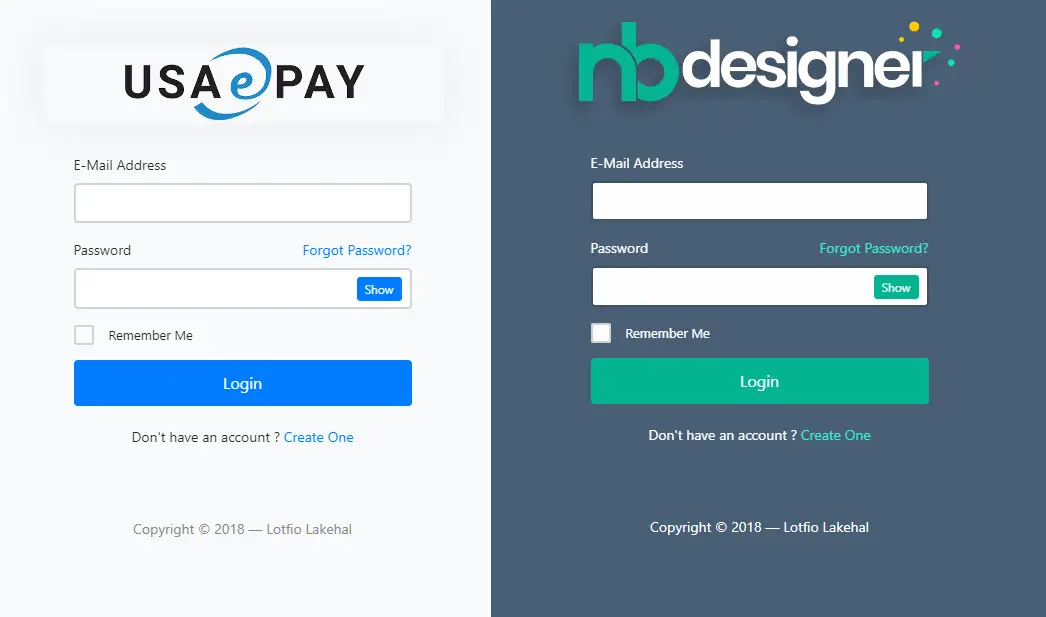How to Minify HTML using WebMarkupMin in ASP.NET Core
By Tan Lee Published on Jul 04, 2024 1.07K
Minification is a performance optimization, it's designed to reduce the amount of data being transferred over the network.
You need to install WebMarkupMin.AspNetCore1 library from NuGet Package Manager or download it directly from https://github.com/Taritsyn/WebMarkupMin
WebMarkupMin is a .NET library that can be integrated into your ASP.NET Core MVC project to minify HTML, CSS, and JavaScript. The objective of this project is to improve the performance of web applications by reducing the size of HTML, XHTML and XML code.
Here’s how to Minify HTML using WebMarkupMin in ASP.NET Core
Use WebMarkupMin Middleware
Open your Startup class, then add a configuration to minify the HTML as below
public void Configure(IApplicationBuilder app)
{
app.UseStaticFiles();
app.UseWebMarkupMin();//Minify content
app.UseMvc(routes =>
{
routes.MapRoute(
name: "default",
template: "{controller=Home}/{action=Index}/{id?}");
});
}This middleware ensures that all HTML responses are minified before being sent to the client.
Configure WebMarkupMin in Startup.cs
Open your Startup.cs file and locate the ConfigureServices method. Add the following code to configure WebMarkupMin services:
public void ConfigureServices(IServiceCollection services)
{
services.AddMvc();
// Add WebMarkupMin services for HTML and other minification
services.AddWebMarkupMin(
options =>
{
options.AllowMinificationInDevelopmentEnvironment = true;
options.AllowCompressionInDevelopmentEnvironment = true;
})
.AddHtmlMinification(
options =>
{
options.MinificationSettings.RemoveRedundantAttributes = true;
options.MinificationSettings.RemoveHttpProtocolFromAttributes = true;
options.MinificationSettings.RemoveHttpsProtocolFromAttributes = true;
})
.AddHttpCompression();
}In the code above, I'm adding an HTML minifier and HTTP compression using GZIP.
After configuring WebMarkupMin, run your ASP.NET Core MVC application. View the HTML source of your pages in a browser (use Developer Tools to inspect the network response to see the minified HTML).
As you can see, adding the HTML minification and compression at runtime has a latency cost that is relatively important when you add minification, but this loss is also compensated for by reducing size the amount of data transfer, reducing the total download time by 80%.
- How to Initialize TagHelpers in ASP.NET Core with Shared Data
- Boost Your ASP.NET Core Website Performance with .NET Profiler
- The name 'Session' does not exist in the current context
- Implementing Two-Factor Authentication with Google Authenticator in ASP.NET Core
- How to securely reverse-proxy ASP.NET Core
- How to Retrieve Client IP in ASP.NET Core Behind a Reverse Proxy
- Only one parameter per action may be bound from body in ASP.NET Core
- The request matched multiple endpoints in ASP.NET Core





